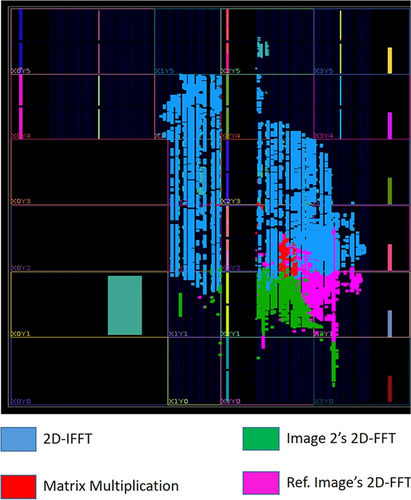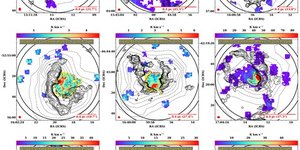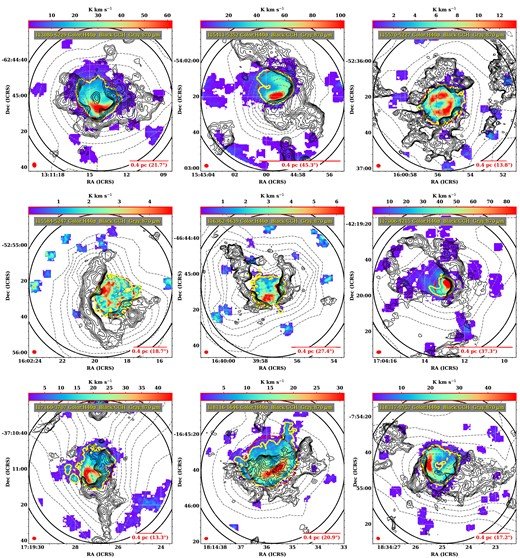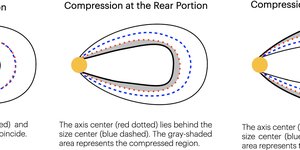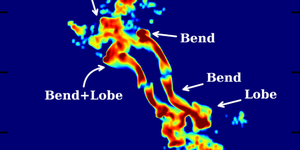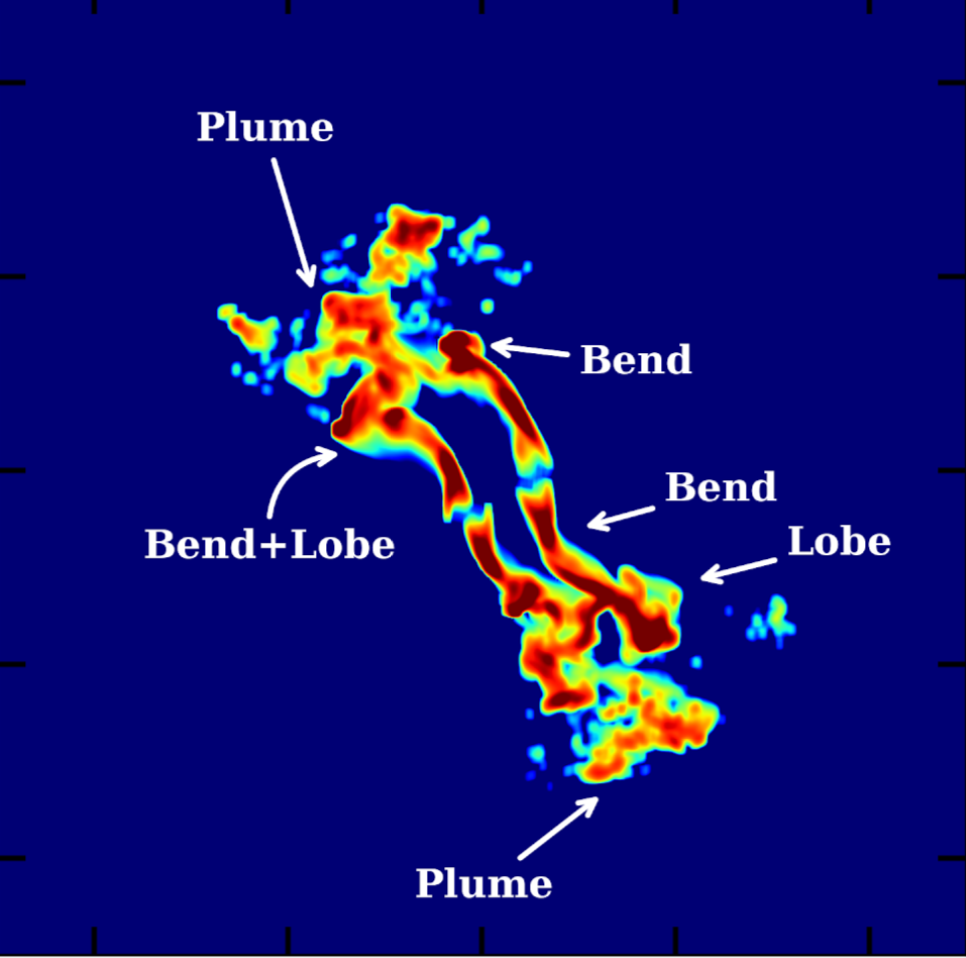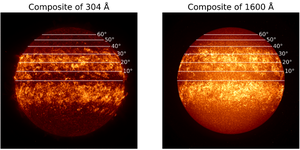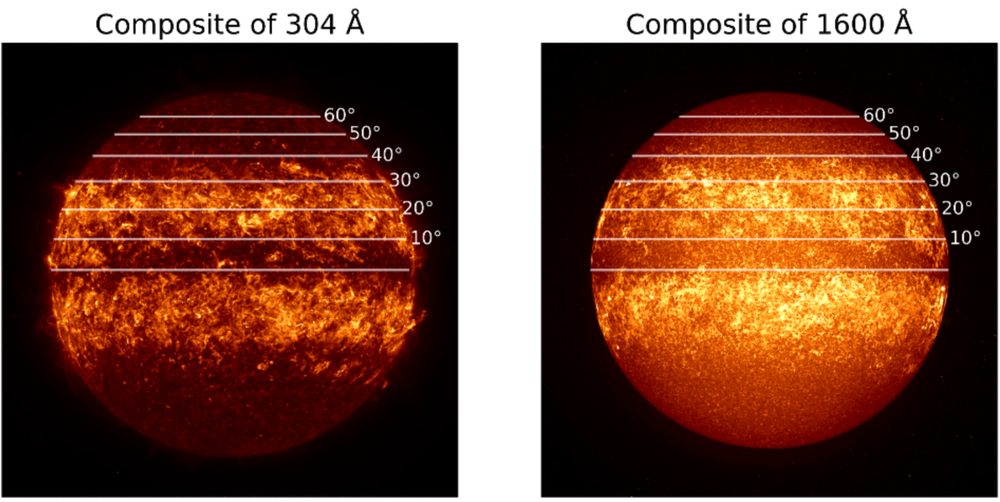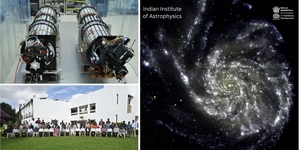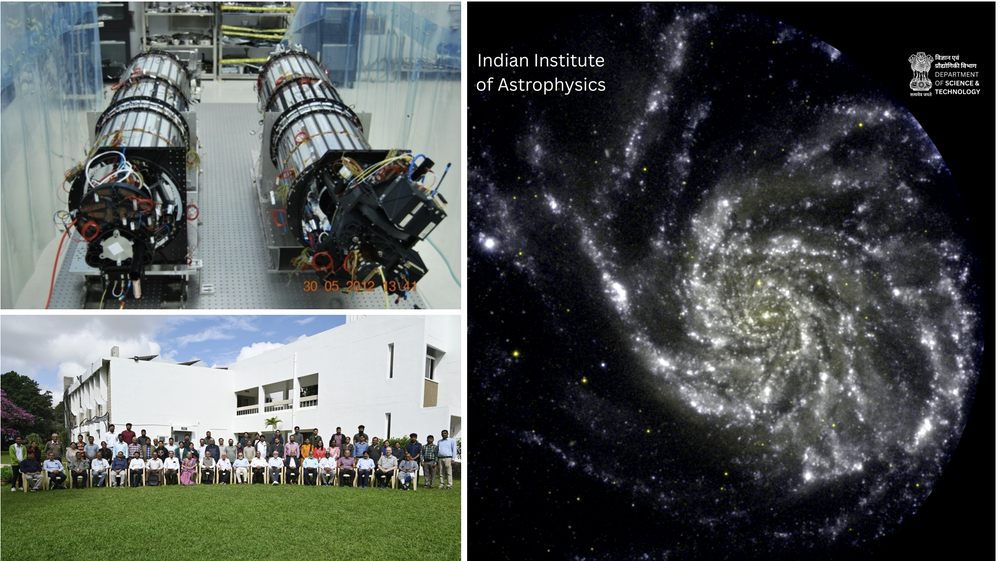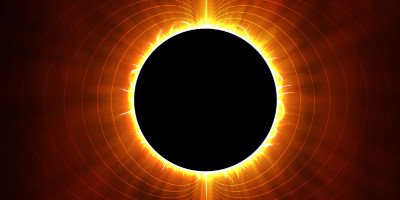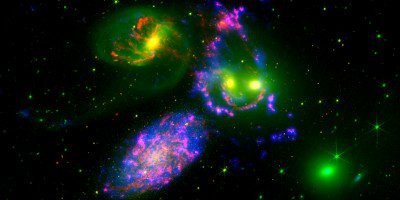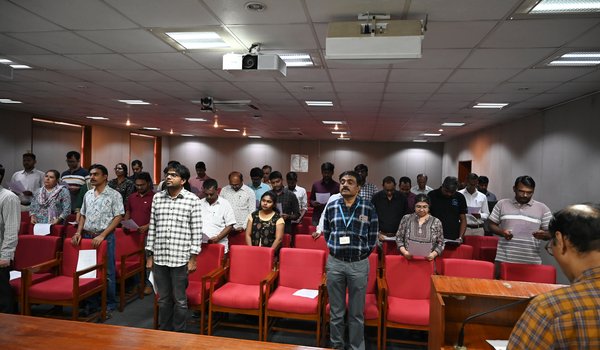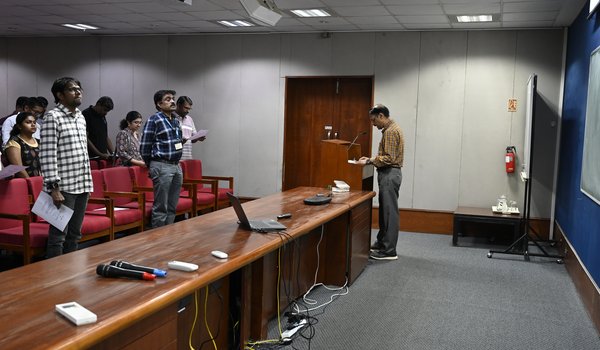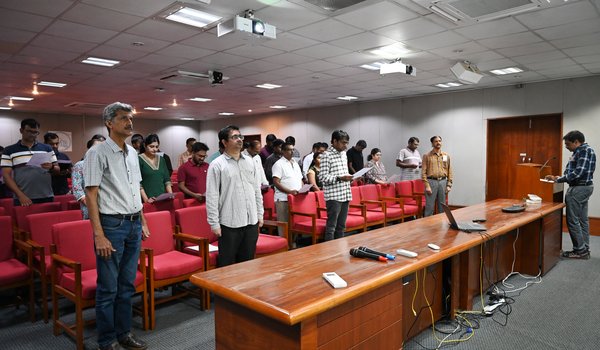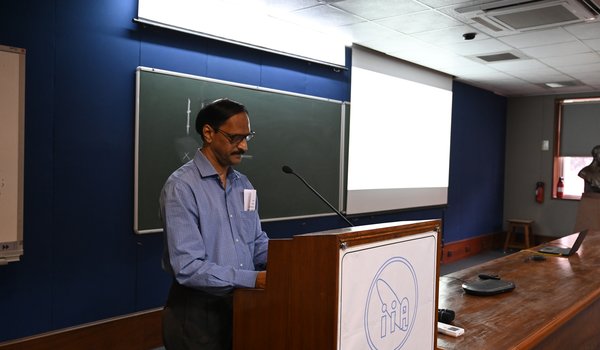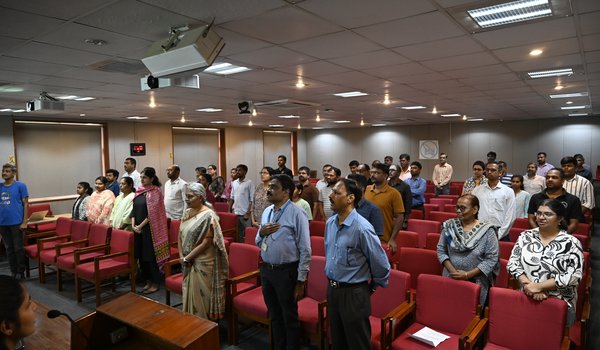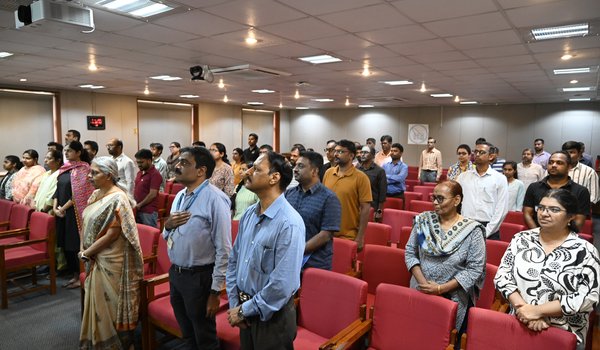Twin radio galaxies (TRGs) are extremely rare objects, with only three known so far. A team led by astronomers at the Indian Institute of Astrophysics has succeeded in reproducing the complex morphology of the most recently discovered TRG through 3-D hydrodynamical simulations, proving the crucial role played by the precession of the twin plasma jets emanating from the two supermassive black holes in this system.
This study was published in The Astrophysical Journal in a paper titled "Low-velocity Precessing Jets Can Explain Observed Morphologies in the Twin Radio Galaxy TRG J104454+354055", by Santanu Mondal, Gourab Giri, Ravi Joshi, Paul J. Wiita, Gopal-Krishna, and Luis C. Ho.
The paper can be downloaded from here.
A video simulation of the evolution of jets with time is here.
The PIB press release is here.
The DST press release is here.







